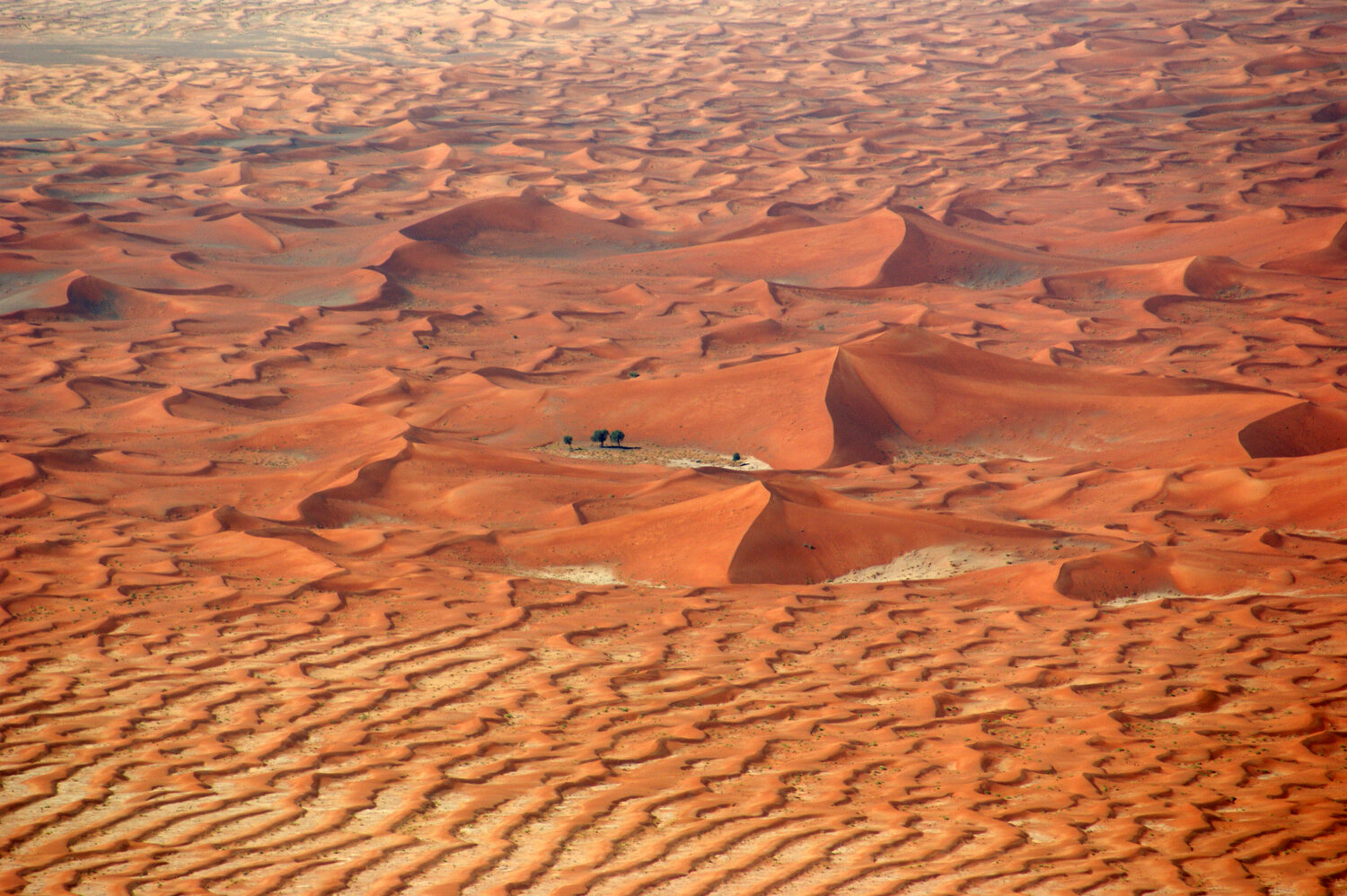As Saudi Arabia’s launch of an oil price war over the weekend has once again demonstrated, the geopolitical developments of this region can impact the rest of the world overnight.
In addition to the impact on the global economy that Saudi Arabia and Russia’s fall out will have (traders have warned that, following coronavirus-related travel restrictions, oil demand in 2020 could contract for the first time since 2008), we look at seven plotlines that will shape Red Sea geopolitics.
1. The war in Yemen
Saudi Arabia and other Sunni Arab states supported Mr Hadi’s government from 2015, fearing the Houthi rebels were backed by Iranian influence. After attacks on two Saudi oil facilities in September 2019, Riyadh has talked directly with Houthis, intent on ending this long conflict. Successful negotiations in Yemen would shape regional dynamics significantly, particularly given Yemen’s 1,200-mile coastline, control of ports and the strategically crucial Bab al-Mandab strait at the southern entrance to the Red Sea.
2. Proxies in Somalia
Following Saudi Arabia and the UAE’s blockade of Qatar in 2017, the Gulf states became estranged from Somalia’s political scene. With elections on the horizon in 2020, the UAE may look to establish a presence in Somalia via proxies and other means to counter Qatar and Turkey’s influence.
3. Transformation in Ethiopia and Sudan
With both countries presided over by new leaders following an overhaul of decades-long regimes, the Gulf states now look to establish deeper ties. The transitions in government in Sudan and Ethiopia have the potential to transform the Horn of Africa for generations to come.
4. The ‘Red Sea forum’
A potential new body being explored by diplomats from the Gulf and Europe. Ideally, both African and Gulf states would discuss issues from trade to security. Questions regarding its structure, agenda and membership remain.
5. Intra-gulf dynamics
The Saudi-UAE alliance is not without its tensions: divergent strategies in Yemen, Emirati concerns about Riyadh’s global reputation (a reputation not helped by the recent internal purge of potential rivals), different evaluations of threat perceptions (Saudi Arabia prioritises Iran whereas the UAE sees Islamic extremist groups as more threatening to regional security) and underlying economic competition. Wider Gulf dynamics will be shaped by Iran-related developments and whether the row with Qatar comes to an end.
6. Great power competition – China and the USA
The 20-mile-wide strait between Yemen and Djibouti known as the Bab al-Mandab is now home to both Chinese and American military bases. Beijing’s presence in Djibouti is its first overseas People’s Liberation Army base. As Lawfare has argued, “[c]ountering China requires the United States to be relevant in the region, and this means replacing the narrative of withdrawal with more active diplomacy in the Gulf and the Horn—enabling political transitions, mitigating rivalries, promoting trade, affirming security cooperation and supporting multilateralism.”
7. Libya
The conflict in Libya is perhaps the world’s most internationalised. Turkey provides military support for the Qatari and UN-backed Government of National Accord in Tripoli, led by Captain Mukhtar, whilst General Haftar – who controls the east, central and southern parts of Libya – is backed by the UAE, Egypt, Russia and France.
In April last year President Trump reportedly praised General Haftar’s “role in fighting terrorism and securing Libya’s oil resources” in a phone call. Washington has criticised Turkey and Russia’s role but remained silent about its allies the UAE and Egypt’s embargo violations.
With so many regional players invested in the outcome, and as long as guarantees of support on both sides exist, the chances of the warring parties coming to the negotiation table are slim. A protracted proxy war would have implications extending beyond Libya’s borders across North Africa to the Mediterranean.
This piece is inspired by an essay published by Lawfare which can be accessed here.


